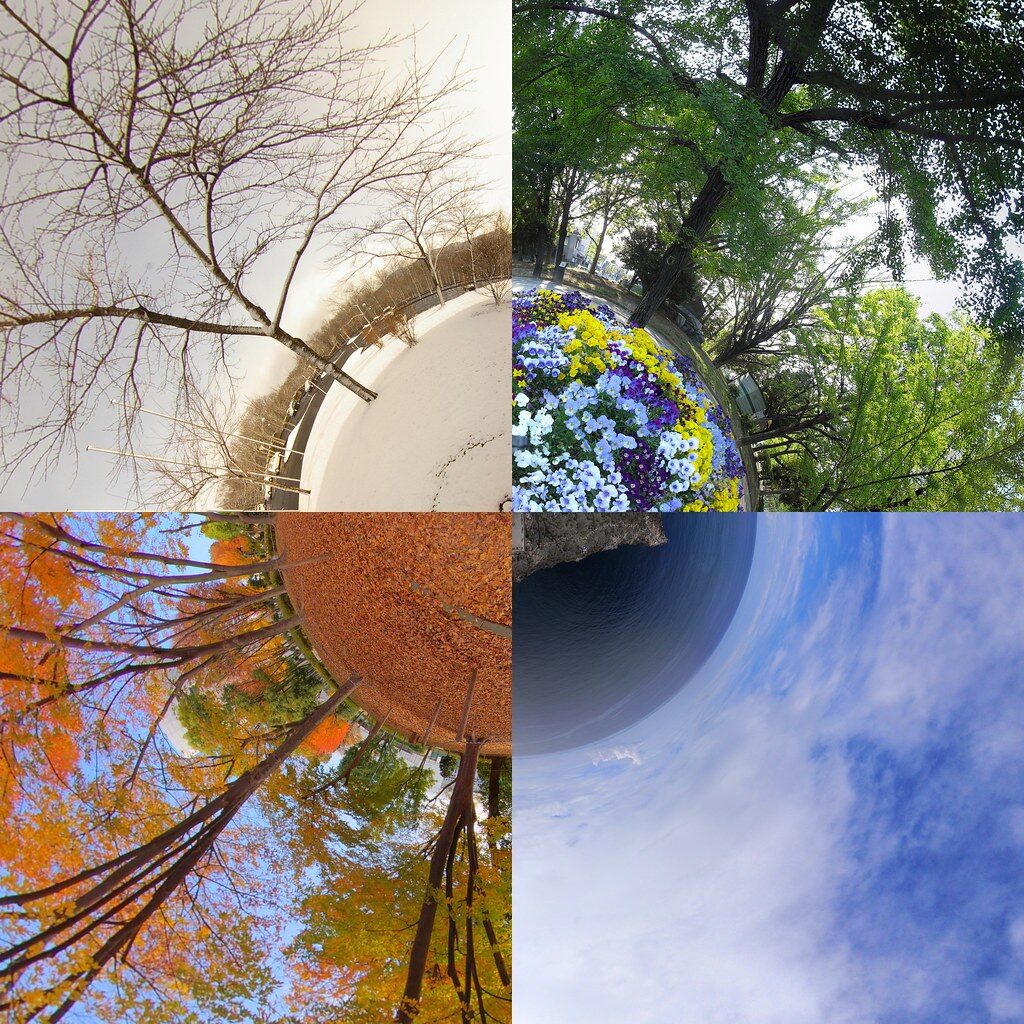WHY MY FLOWERING PLANTS ARE NOT BLOOMING?

Do you have not flowering plants? this article is for you!
You fall in love with a plant. Then, you bring it home. You know that it is a flowering plant, but after waiting the plant bloom for a long time, sadly it doesn’t happen and you don’t know why.
Of course, a green plant looks great but having flowers dropping from your plant looks more stunning and makes you feel happier.
If you want to see a great plant blossom and make your plant produce flowers, check out in this article the main reasons why you can’t have flowers, how to avoid them and also how to make plants flower more!
1- Age of the flowering plants

Plants are not flowering because of their age
Flowering is how plants propagate their species, and it takes a lot of energy. So, before asking for flower and fruit make sure that you have chosen the right plant. Some plants don’t bloom until they’re mature enough.
Thus, if you have an annual, it should flower the first year, but sometimes it can take several months. Then, if you have a biennial, it generally blooms the second year. Finally, if you get a perennial you just have to be patient because some perennials bloom the first year, but others can take years to start blooming.
2- Flowering Season

Plants flower only during the flowering season
Before you despair and say you have not flowering plants, check firstly which season you should wait for flowering. This is because few plants flower all year round, and the other majority has a particular blooming season. Moreover, this season differs from plant to plant and can be spring, summer, last-summer or autumn.
3- Temperature

Plants flowering needs appropriate temperature
Temperature can have a huge impact on the blooming of your plants. Too low temperature may quickly damage or kill flower buds before they open. As a result, you get a plant without flowers. Furthermore, high temperatures stress some plants that stop flowering. So the flower is blooming only if you choose the optimal conditions for it. Also, before buying a plant ask for information about its hardiness zone, because some plants not only can’t flower but they can outright die.
4- Feeding imbalance

Not flowering plants are not well fed
Luck of fertilizer is rarely the cause of missing flowering. Consequently, if the soil is rich enough in minerals to keep the plant alive, it is also enough to make it flower.
However, overfeeding especially with a fertilizer rich in nitrogen may adversely affect flowering. To clarify, Nitrogen stimulates the growth of the green parts of the plant but at the expense of flowers. Otherwise, the only element that can help the plant to set flower buds is phosphorus.
5- Light

Flowering plants need good exposure
You take good care of your plant, you feed it, you water it but it still doesn’t bloom? Maybe the light is the problem.
The amount of sunlight is crucial to getting plants to bloom, especially house plants. They all need the sun to photosynthesize and grow. So, changing the position of the plant can stimulate flowering. Put the sun-lover plants in a sunny position (choose the best window for house plants), then the shade-lover plants in a shady position. This will make the plant happy and makes you happier.
6- Pruning of the flowering plants

Pruning at the wrong time make not flowering plants
It is always wise to check what is the best season to prune a plant because if it is done at the right time, it will encourage more flowers. Conversely, if pruning is done at the wrong time, especially before the flowering time, it can remove all the buds required for the next blooming. If necessary, make a light trim just to improve the plant’s shape.
7- Plants Pests

Pests affect the flowering plants
Watch out for harmful insects, because the presence of mealybugs, mites, aphids, etc. can weaken the plant and prevent flowering. It is then necessary to treat the plant to control them.
8- Plants Pollination

Not Flowering plants need pollinators to bloom
No pollinators means no flower and no fruit production. Usually, pollination occurs naturally but sometimes, pollinators can be disturbed by difficult conditions such as windy, cold, or wet weather. For Indoor plants, hand-pollinating using a small brush can be easy and may help.
Finally, if you are asking how to keep flowers blooming and success with your plants, ensure their particular needs, take care of them and follow the tips below.
Did you find this helpful? Share it with your friends!